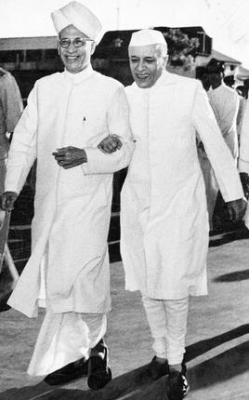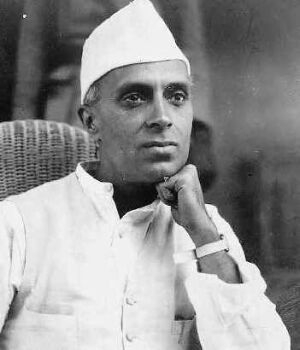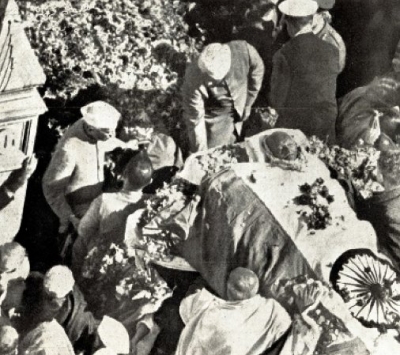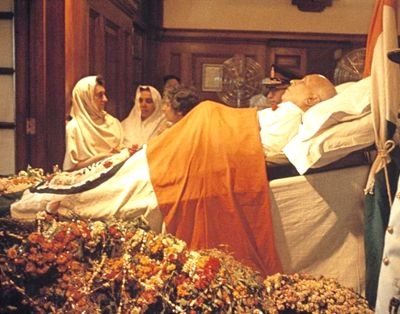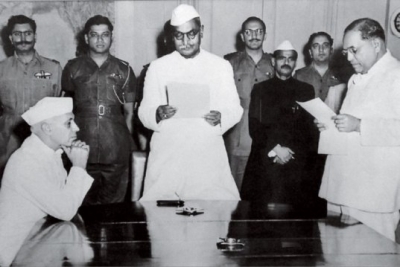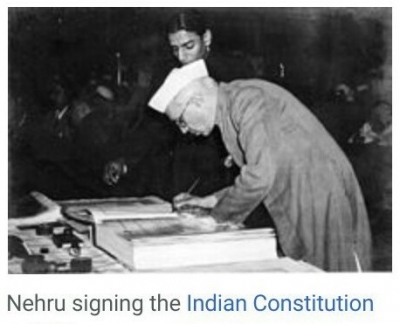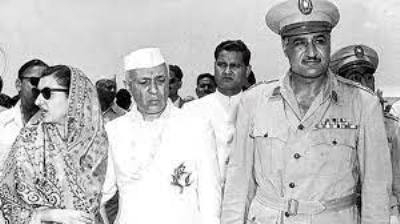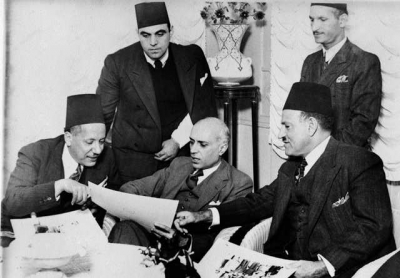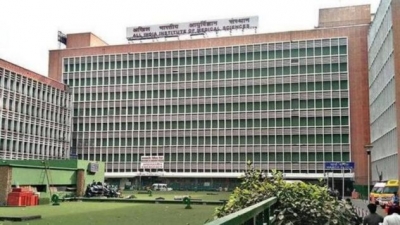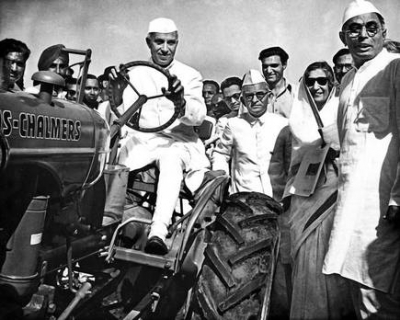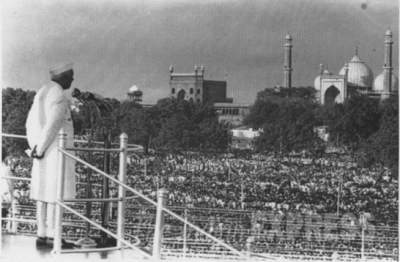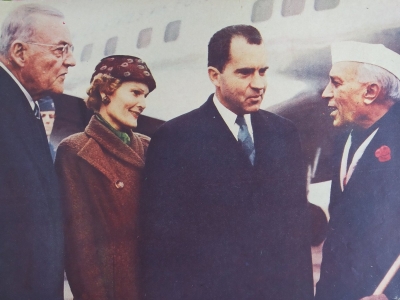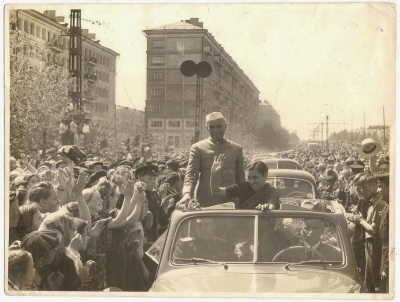Which are some of the awards associated with Jawaharlal Nehru?
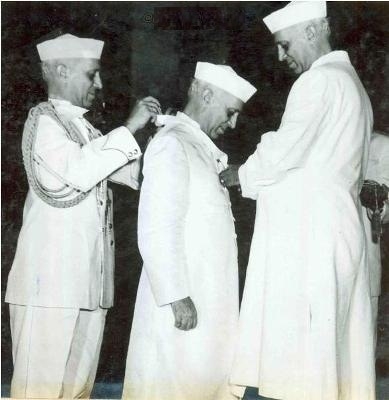
The most prestigious award received by Jawaharlal Nehru was the ‘Bharat Ratna’ in 1955 – India’s highest civilian honour. President Rajendra Prasad conferred this honour on him without consulting him, the prime minister, as was the normal constitutional procedure.
The ‘Jawaharlal Nehru Award for International Understanding’ is an international award presented by the Government of India in honour of Nehru.
The award was established in 1965 and was first awarded to U Thant, the former Secretary-General of the United Nations. Some of the other famous recipients of the award are Martin Luther King Jr., Khan Abdul Ghaffar Khan, Mother Teresa and Nelson Mandela.
The ‘Nehru Trophy’ is awarded to the fastest snake boat in the snake boat race or ‘VaIlam Kali’ held in Kerala’s Alappuzha district in the month of August. The race was inaugurated in 1952 by Prime Minister Jawaharlal Nehru.
Picture Credit : Google
